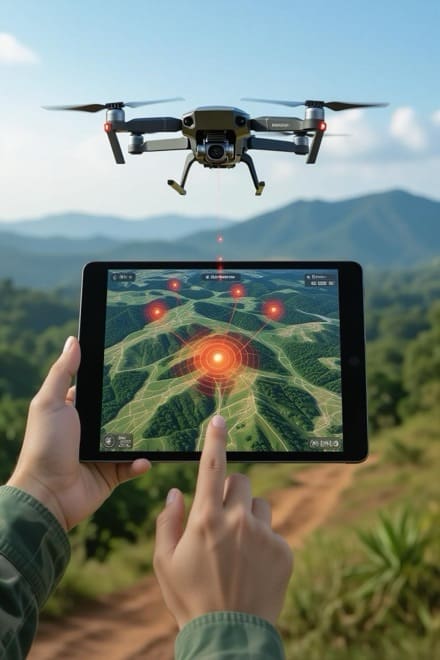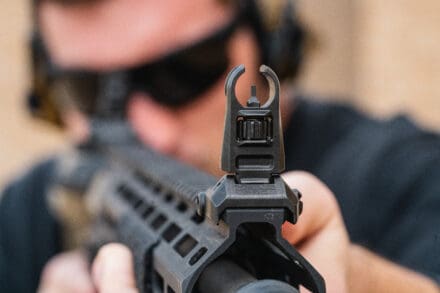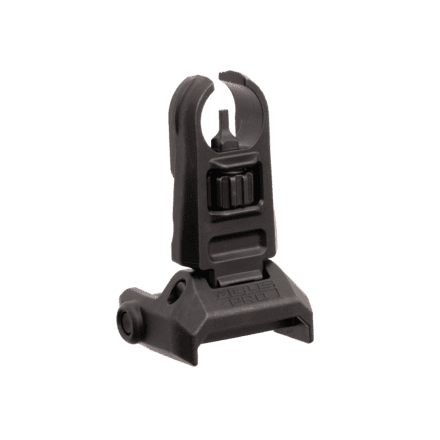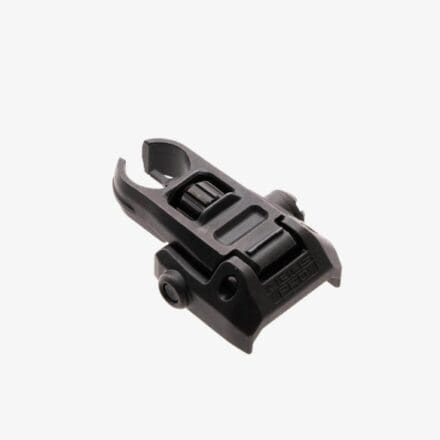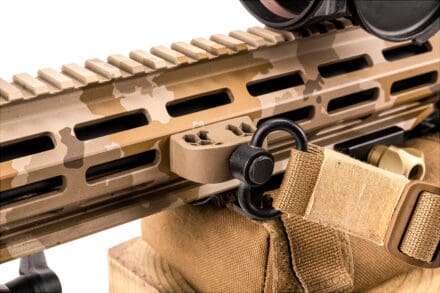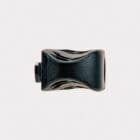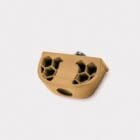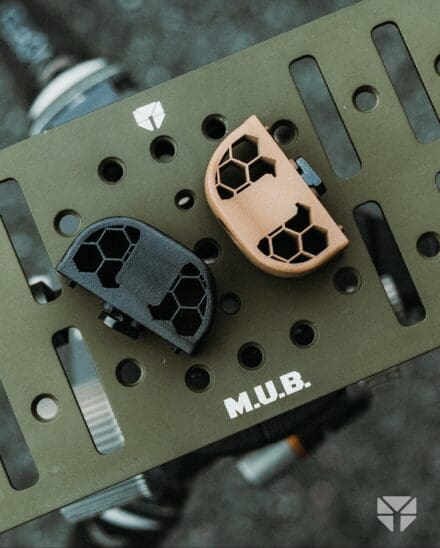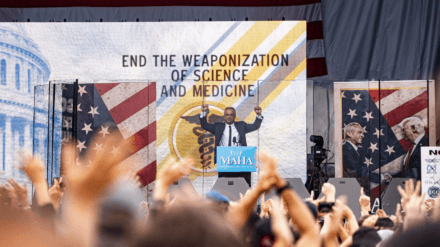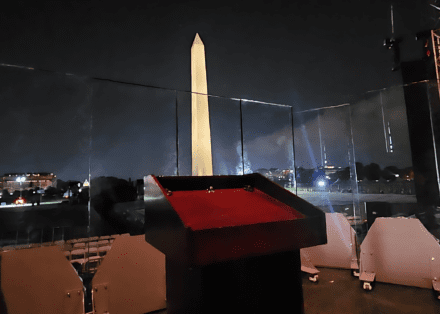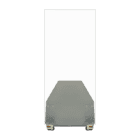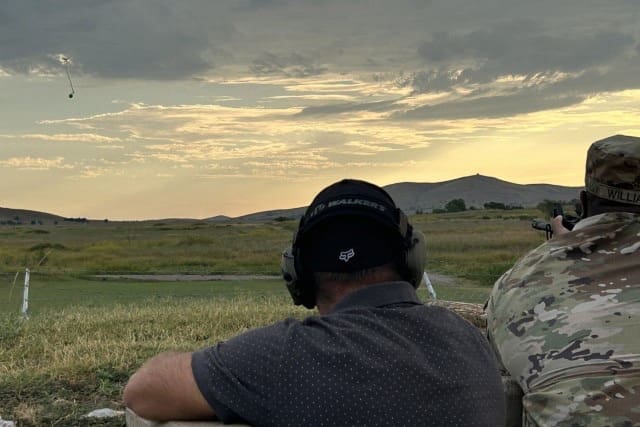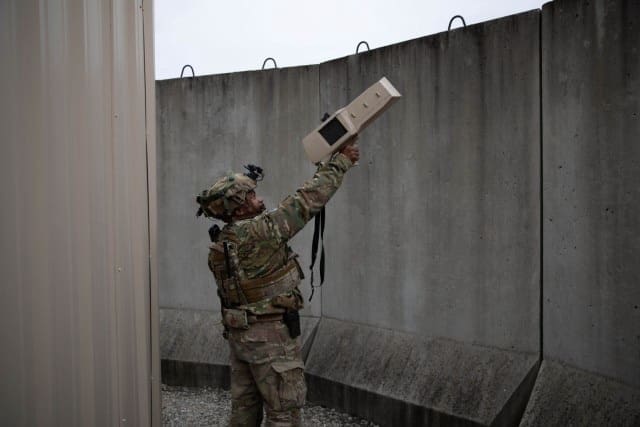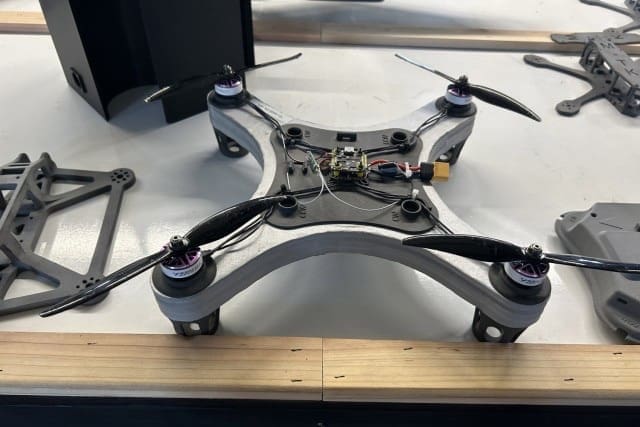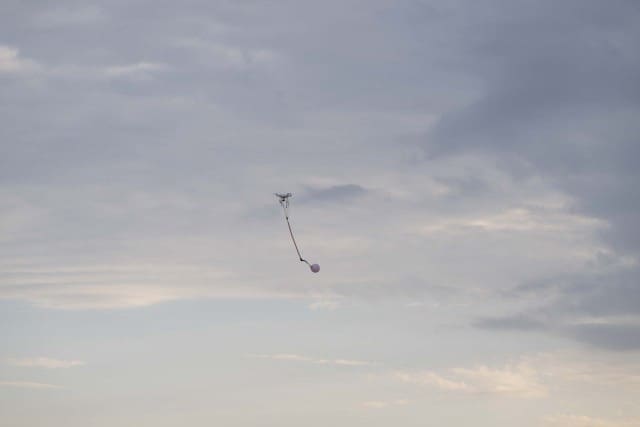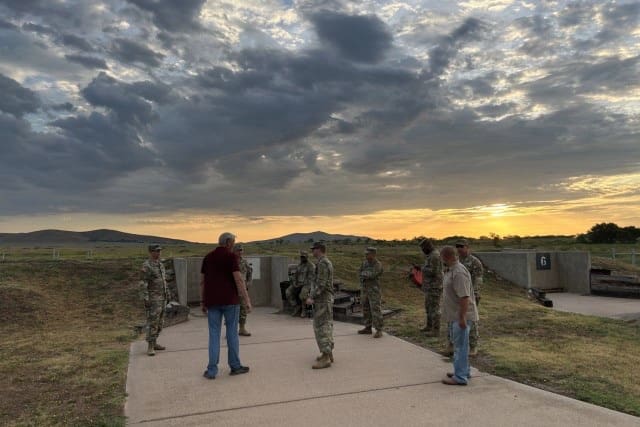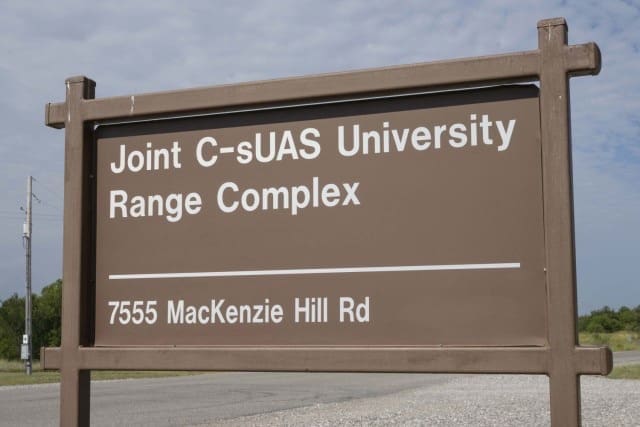Watertown, WI – September 26th, 2025 –
Griffin updated their Sportsman Ultra Light line of hunting suppressors last year with the introduction of the Sportsman Ultra Light HD™ Suppressors. Now, Griffin is expanding the family’s capabilities with the newest offering in the category: the Sportsman Ultra Light HD™ 46. Some states, such as Ohio, have hunting regulations that allow straight-wall cartridges only. The Sportsman .46 was designed to support hunters in these regions for whom cartridges such as .450 Bushmaster and .45/70 are popular due to the straight-cased hunting regulations.
Weight is of great importance when considering a hunting suppressor. The development of laser welders in conjunction with tubeless, high strength 17-4 stainless suppressor design, a technology pioneered in the USA by Griffin Armament, allowed the creation of near titanium-weight suppressors made from more durable and affordable stainless steel.
The Sportsman Ultra Light HD™ series of lightweight hunting suppressors capitalizes on this innovation and brings to market a magnum-rated and full-auto approved, lightweight suppressor at a very affordable price. This new .46 caliber model was designed in conjunction with a modified ECO-FLOW™ baffle stack to be a medium-backpressure suppressor option specifically tuned for the most common hunting calibers for use in conjunction with bolt action and self-loading firearms.
Sportsman Ultra Light HD™ suppressors were designed with the industry-standard 1.375×24 HUB mount interface threading which allows the use of any of Griffin’s HUB mount adapters, including direct thread inserts. This allows configuration for a variety of different needs. The .46 model can also be configured with a booster assembly and piston for use on up to .45 ACP tilt-barrel pistols. For rifle calibers, the Sportsman Ultra Light HD™ .46 is rated up to .45-70 with no barrel length restrictions!
“The upgraded Sportsmans increase durability, while minimizing size and weight, and are more affordable- they are a hit with straight wall cartridge hunters. We are happy to make an affordable, practical suppressor for rifles up to .45/70.”
– Austin, Lead Design Engineer, Griffin Armament
Key Points:
Tubeless laser-welded construction provides lighter weight and increased durability
Patented ECO-FLOW™ baffle system for reduced blow back
Full 17-4PH heat-treated stainless steel construction
High-temp cerakote finish
HUB Mount Interface (HUB Mounts and Muzzle Devices must be purchased separately)
Full Auto Rated: 60 rounds then allow to cool to ambient temperature
Available in Black of FDE cerakote finish
Perpetual Lifetime Warranty™
Technical Specs:
Diameter: 1.5”
Overall Length: 6.25”
Weight: 10.5oz
Attachment: 1.375×24 Industry-Standard HUB Threading
Rated up to .45-70, and for booster equipped pistols up to .45 ACP
MSRP: $604.95
To find out more on Griffin Armament’s entire product line, please visit our website at www.GriffinArmament.com.


